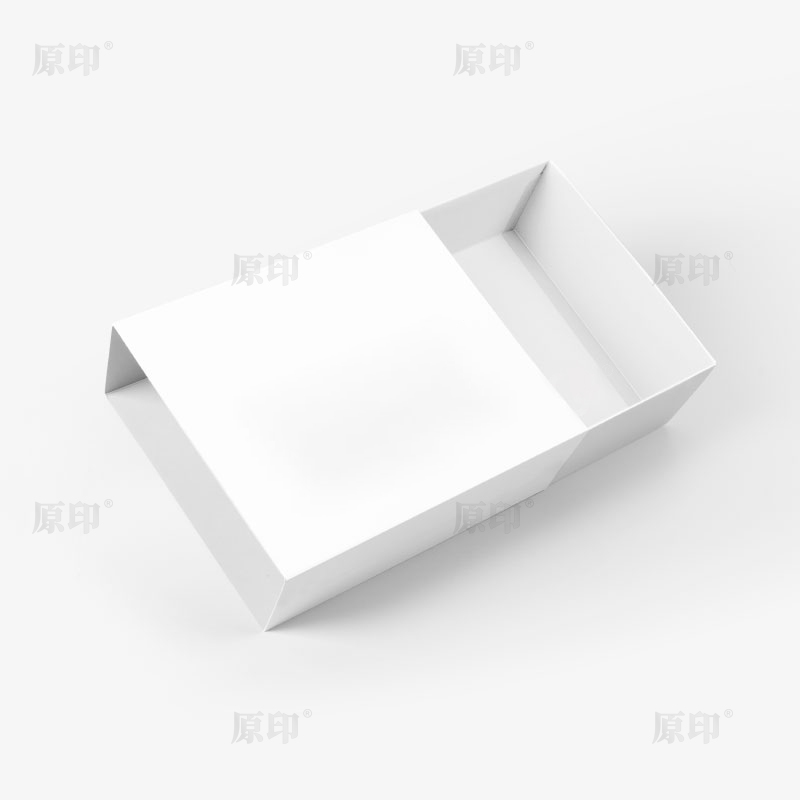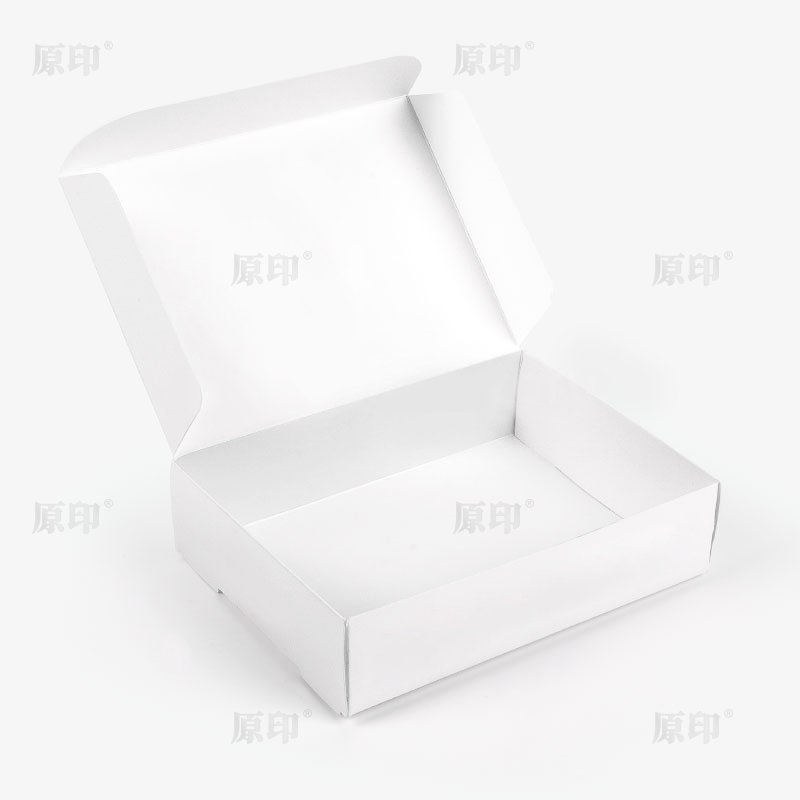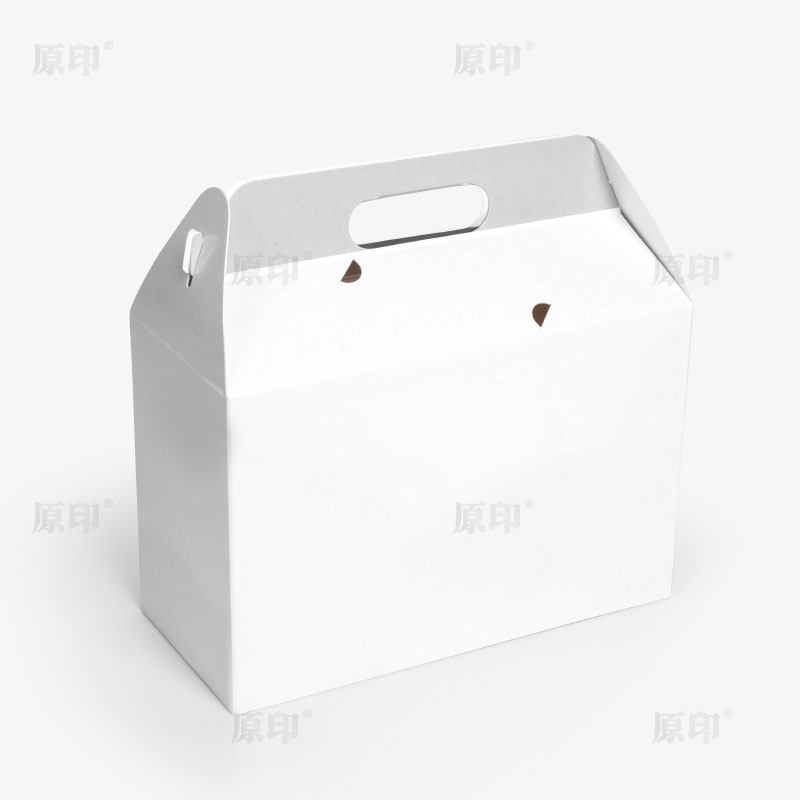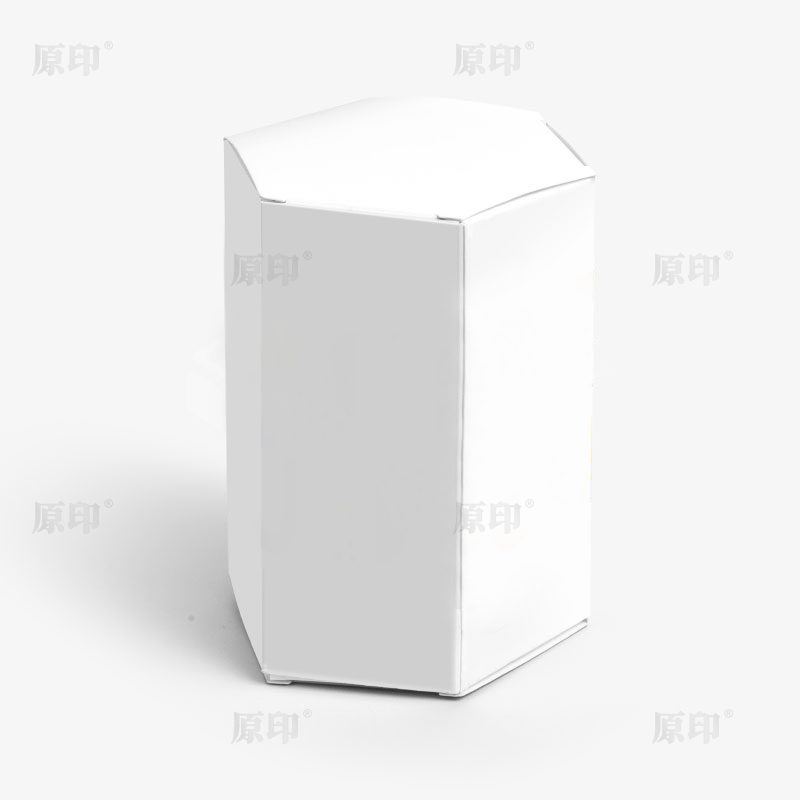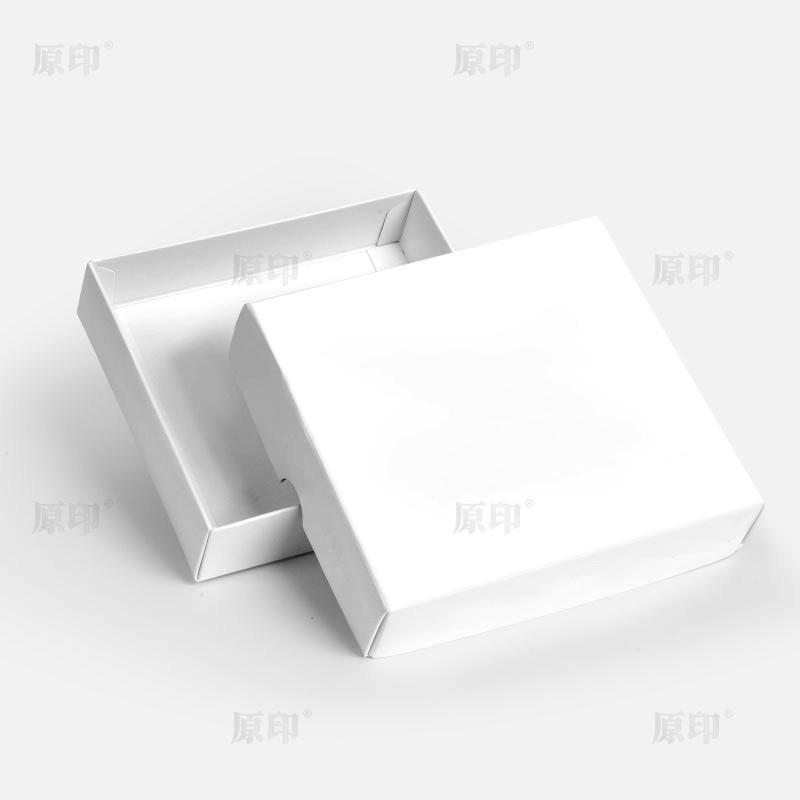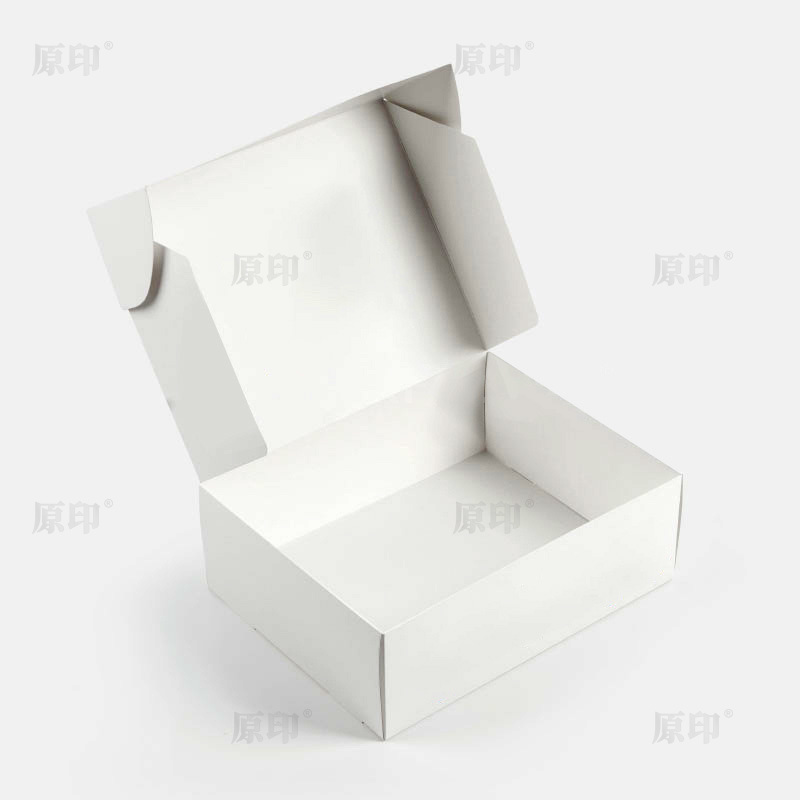What Materials Are Commonly Used in Printed Takeaway Food Packaging and Why?
The takeaway food industry has experienced significant growth in recent years, fueled by the increasing demand for convenience, online food delivery services, and the rise of urban lifestyles. As restaurants, cafes, and food delivery services expand, takeaway food packaging has become a critical component not only for food safety but also for brand identity, marketing, and sustainability. Among the many considerations in packaging design, material selection is particularly important because it influences durability, thermal insulation, environmental impact, cost, and the ability to support high-quality printing.
1. Paper and Cardboard
Paper and cardboard are among the most widely used materials for printed takeaway packaging. They are commonly found in boxes, cups, trays, and bags.
a. Advantages
- Printability: Paper and cardboard can easily accommodate high-quality printing, including full-color logos, graphics, and promotional messages. This makes them ideal for branding and marketing purposes.
- Cost-Effective: These materials are generally affordable, especially when sourced from recycled or sustainably managed forests.
- Recyclable and Biodegradable: Paper-based packaging is environmentally friendly, especially when coated with water-based or biodegradable coatings.
- Versatility: Cardboard and paper can be folded, molded, or laminated to create diverse shapes and sizes suitable for burgers, sandwiches, salads, and desserts.
b. Common Applications
- Paper Cups: Used for hot beverages such as coffee and tea; often lined with polyethylene (PE) or polylactic acid (PLA) to prevent leaks.
- Takeaway Boxes: Cardboard boxes for burgers, noodles, or baked goods; often printed with brand logos or QR codes.
- Paper Bags: Lightweight takeaway bags for sandwiches or pastries; can be custom printed with vibrant designs.
c. Considerations
- Paper and cardboard must be treated or laminated to resist moisture, grease, and heat, which is particularly important for fried foods or liquid-based meals.
- Water-based inks are preferred for printing to maintain food safety and environmental sustainability.
2. Plastic-Based Materials
Plastic remains a common choice for takeaway food packaging due to its durability, moisture resistance, and transparency. Common plastics used include polyethylene terephthalate (PET), polypropylene (PP), and polystyrene (PS).
a. Advantages
- Durability and Flexibility: Plastics are resistant to tearing, punctures, and deformation, making them ideal for fragile or heavy foods.
- Moisture and Oil Resistance: Plastic containers and lids prevent leaks and retain heat effectively.
- Transparency: Clear plastic allows customers to view food contents, which enhances presentation and perceived freshness.
- Print Compatibility: Plastics can be printed with high-quality labels, shrink sleeves, or direct surface printing.
b. Common Applications
- Clamshell Containers: Typically made from PET or PP; widely used for salads, sushi, or desserts.
- Plastic Cups and Lids: Used for cold beverages, smoothies, and iced drinks.
- Plastic Trays and Wraps: Common in ready-to-eat meals or pre-packaged food.
c. Considerations
- Plastics are less eco-friendly than paper due to their non-biodegradable nature.
- Many businesses are moving toward recyclable or bio-based plastics (PLA or compostable plastics) to reduce environmental impact.
- Printing on plastics may require specialized inks and coatings to ensure durability and resistance to moisture or grease.

3. Aluminum and Metalized Packaging
Aluminum and metalized films are often used in takeaway packaging for their excellent barrier properties and heat retention.
a. Advantages
- Heat Retention: Aluminum packaging keeps food warm for longer periods, which is ideal for delivery services.
- Barrier Properties: Excellent at protecting food from moisture, oxygen, and light, which enhances shelf life.
- Printability: Metalized surfaces can be printed with high-quality graphics using specialized inks.
- Recyclability: Aluminum is highly recyclable, making it a sustainable choice when properly disposed of.
b. Common Applications
- Foil Containers and Trays: Used for pizza, baked pasta, or roasted foods.
- Metalized Film Wraps: Used to seal snack foods or sandwiches, maintaining freshness.
- Aluminum Cups: Occasionally used for desserts or specialty beverages.
c. Considerations
- Printing on aluminum requires specialized inks and surface treatments to ensure adhesion.
- While recyclable, aluminum production has a higher environmental footprint compared to paper or biodegradable materials.
4. Biodegradable and Compostable Materials
With increasing consumer demand for sustainable packaging, biodegradable and compostable materials have become a key segment of takeaway food packaging.
a. Types of Materials
- PLA (Polylactic Acid): A plant-based plastic derived from corn starch or sugarcane; suitable for cups, lids, and clamshell containers.
- Bagasse: A byproduct of sugarcane processing; commonly used for plates, trays, and bowls.
- Palm Leaf: Naturally compostable, used for trays and plates with minimal processing.
- Molded Fiber: Made from recycled paper, bamboo, or wheat straw; used for trays and boxes.
b. Advantages
- Environmentally Friendly: Fully biodegradable or compostable under industrial or home composting conditions.
- Print-Friendly: Can accommodate water-based or soy-based inks for branding purposes.
- Functional Performance: Many biodegradable materials are heat-resistant and moisture-resistant, comparable to traditional plastics.
c. Considerations
- Some biodegradable materials may be more expensive than traditional plastics or paper.
- Careful selection of inks and coatings is required to maintain food safety and biodegradability.
- Heat resistance and structural strength can vary between materials, so applications must be chosen appropriately.
5. Hybrid Materials
Many takeaway packaging solutions now use hybrid materials, combining the advantages of multiple materials.
- Paper-Lined Plastic Cups: Combines rigidity, printability, and moisture resistance.
- Bagasse with PLA Coating: Provides water resistance while remaining compostable.
- Paper-Aluminum Laminates: Used for pizza boxes and food wraps, balancing insulation and printability.
Hybrid solutions allow restaurants and food delivery services to achieve both functional performance and visual appeal, while meeting regulatory and environmental standards.
6. Why Material Choice Matters for Printing
Printing is a critical component of modern takeaway packaging, impacting branding, customer experience, and marketing. Material choice directly affects:
- Ink Adhesion: Smooth surfaces (plastics, coated papers) allow sharper images and vibrant colors.
- Durability: Printed designs must withstand handling, moisture, and temperature variations.
- Environmental Messaging: Sustainable materials allow businesses to communicate eco-conscious branding to customers.
Restaurants often select materials that not only protect the food but also enhance the visual and tactile experience of the packaging.
7. Conclusion
The materials commonly used in printed takeaway food packaging—paper, cardboard, plastics, aluminum, biodegradable options, and hybrid combinations—are chosen based on a balance of functionality, printability, cost, and environmental impact.
- Paper and cardboard are versatile, affordable, and eco-friendly, ideal for dry or semi-moist foods.
- Plastics provide durability, moisture resistance, and transparency, suitable for cold or liquid foods.
- Aluminum and metalized materials offer heat retention and protection for delivered meals.
- Biodegradable and compostable materials cater to the growing demand for sustainability.
- Hybrid materials combine the benefits of multiple materials, enhancing both performance and visual appeal.
Selecting the right material ensures that takeaway food packaging not only preserves food quality but also supports branding, environmental responsibility, and customer satisfaction. As the food service industry continues to evolve, innovative materials and printing techniques will remain essential to meet the dual demands of functionality and consumer expectations.

